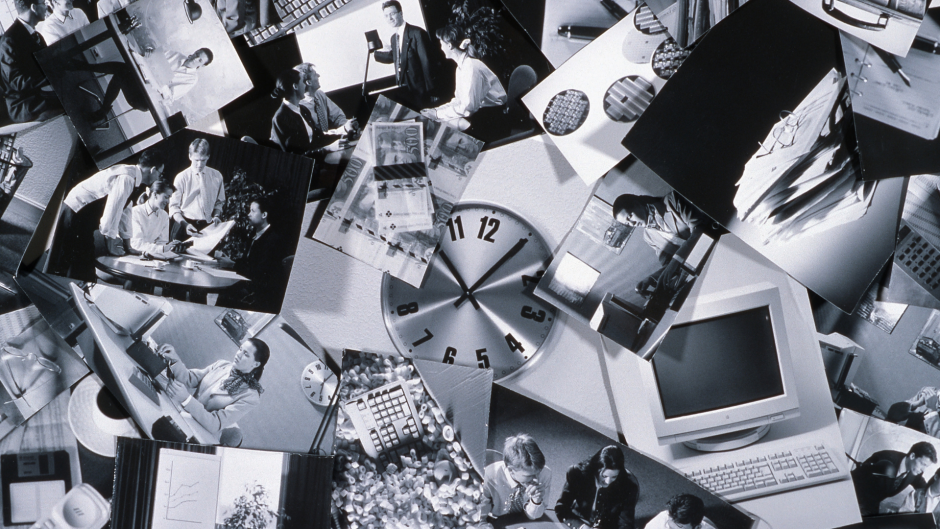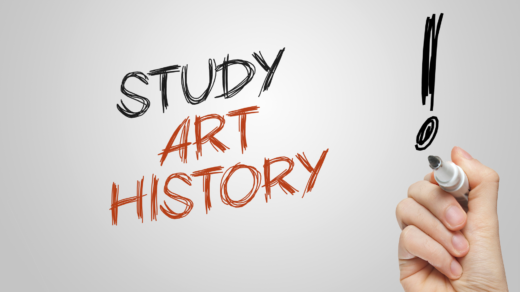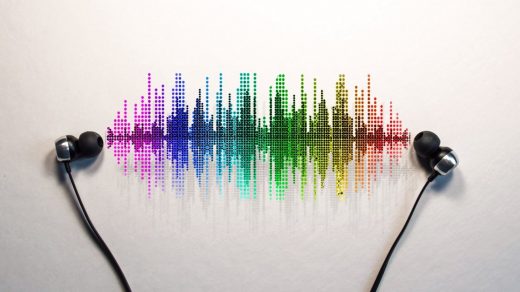“Collage” is a traditional art form that many artists practice, but is it a correct term? Is it really a form of art or just a way to quickly and cheaply make a picture? The truth is, collage is a versatile approach that allows for a variety of artistic approaches and applications. Today, we will explore the process of creating collages and begin to learn the skills that you will need to begin your own journey as a collage artist.
You probably sketched, drew, and painted as a child, but you probably haven’t done so much as an individual drawing in years, right? As you’ve gotten older, the act of drawing has lost its allure, partly because you’ve become an adult and partly because you’ve probably got more important things to do, like reading Facebook news feeds and playing Candy Crush. I know what you’re thinking: that’s okay, because collage is cool, and you should do it, too! This will be your third year participating in the Art of Collage project, one of my favorite projects here at The Outline.
If you are looking to get the most out of college, the key is to learn the fundamentals. We have picked out eight tips that will help you master the art of collage.
- Learn the art of a collage by sample. The good news is, with a little patience and a little practice, you can find your own way to create art that expresses your personality in a truly unique way.
- Start with a basic collage, don’t be afraid to make mistakes. There is one thing we rarely take the time to do: start from the beginning. It is easy to get stuck in ruts and go into autopilot. A good place to start is with the basics, learn a few simple techniques, and use them from the ground up. The results can be amazing.
- Don’t be afraid to combine different media and materials. Most kids have at least one block of wood in their bedroom. If you’re crafty, you might have a whole wall lined with those same blocks. You might also have a million other craft materials lying around, like paint, glue, and scissors, and if you’re a perfectionist, you might have a specific set of tools and materials.
- Have fun exploring different collage mediums. Collage is an art form that combines more than a dozen mediums. It’s an art form that every artist must master, but it’s an art form that has been veiled in mystery, as most people don’t know how to do it effectively. Here, we’ll go over the basics of collage and show you how to combine techniques from different sources. Once you get the hang of it, the sky’s the limit!
- Find a good surface to work on. Every artist needs a surface upon which to work. It doesn’t have to be a traditional canvas or easel—just an interesting surface that’s easy to clean and is sturdy enough to hold a variety of mediums (paint, pencils, markers, crayons, etc.).
- 6. Learn how to use a collage frame. Collage is an art form that is used very often by every kind of artist. The collage is a collection of images that are pasted together to form a piece of art. The most famous examples of collage are found in works of art such as the famous “Mona Lisa.” You can also see collages in paintings, illustrations, comics, and other kinds of art.
- Choose your colors wisely. The most important part of organizing an art project is choosing your colors. Sometimes, it sounds like a simple task, but in reality, choosing the right colors can make or break your art project.
The art of collage is an ancient craft that still has a place in today’s world. The process of collage is one of combining, rearranging, and fusing images, text and/or other media to create a new visual. There is no right or wrong way to collage. You can look at many famous artists, and their collages and their techniques are varied.
Collage has a storied past in the art world. The history of this art form is as varied as the art itself, but generally speaking, it can be described as a process where a multitude of objects or images is arranged onto a blank surface or surface of a frame. It is a spontaneous, free form of art and one that is quite difficult to master, time and time again.



